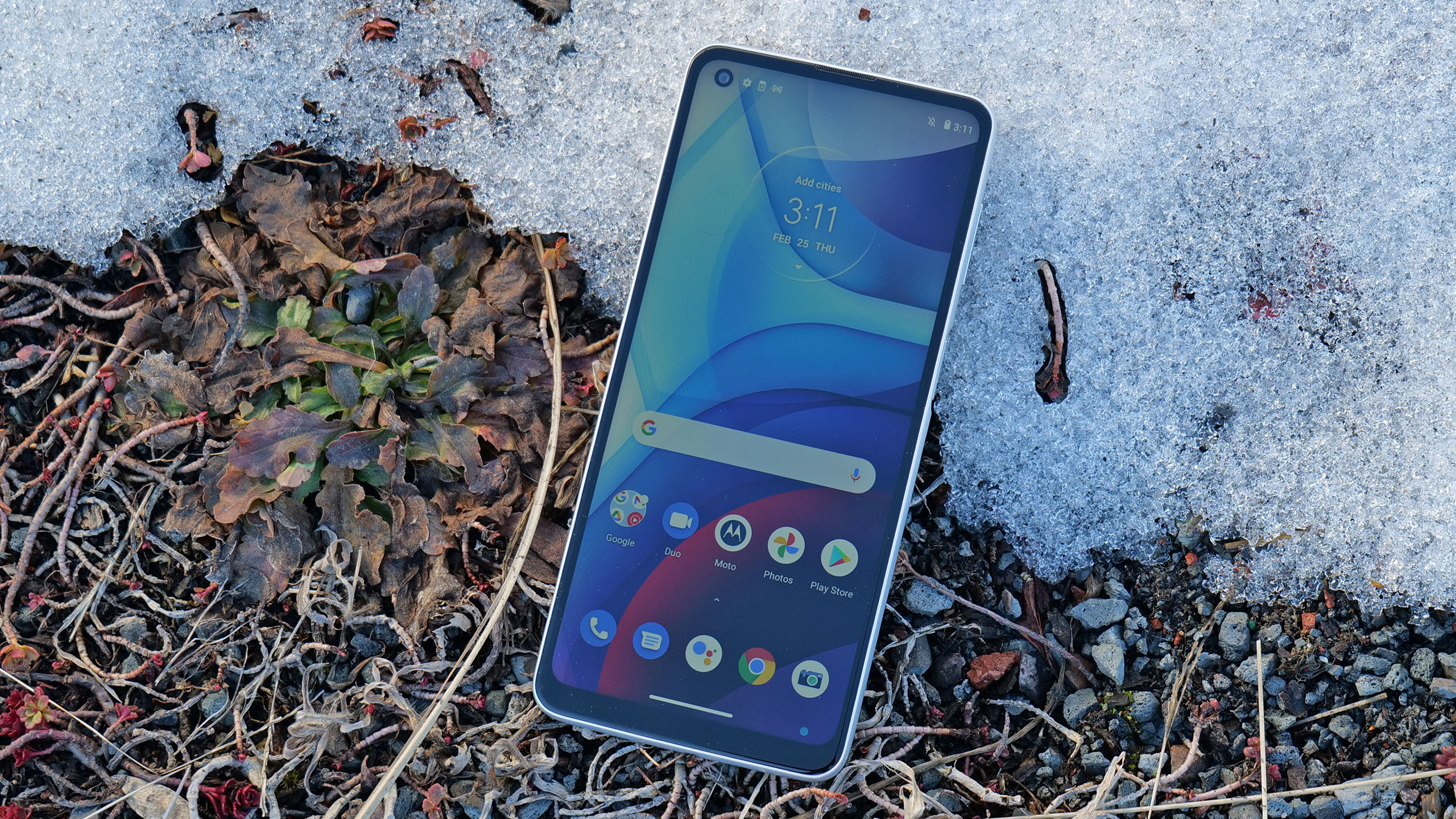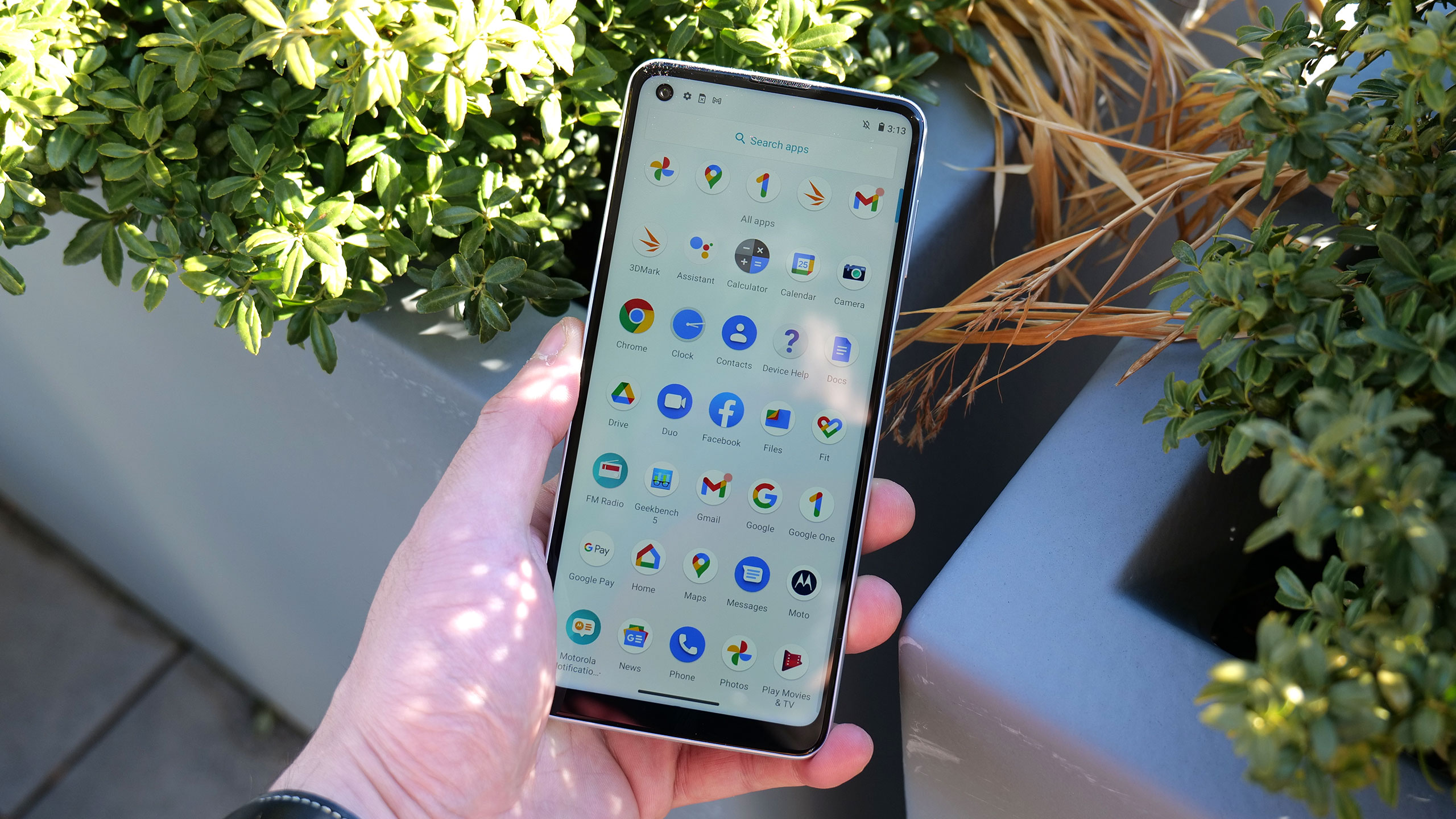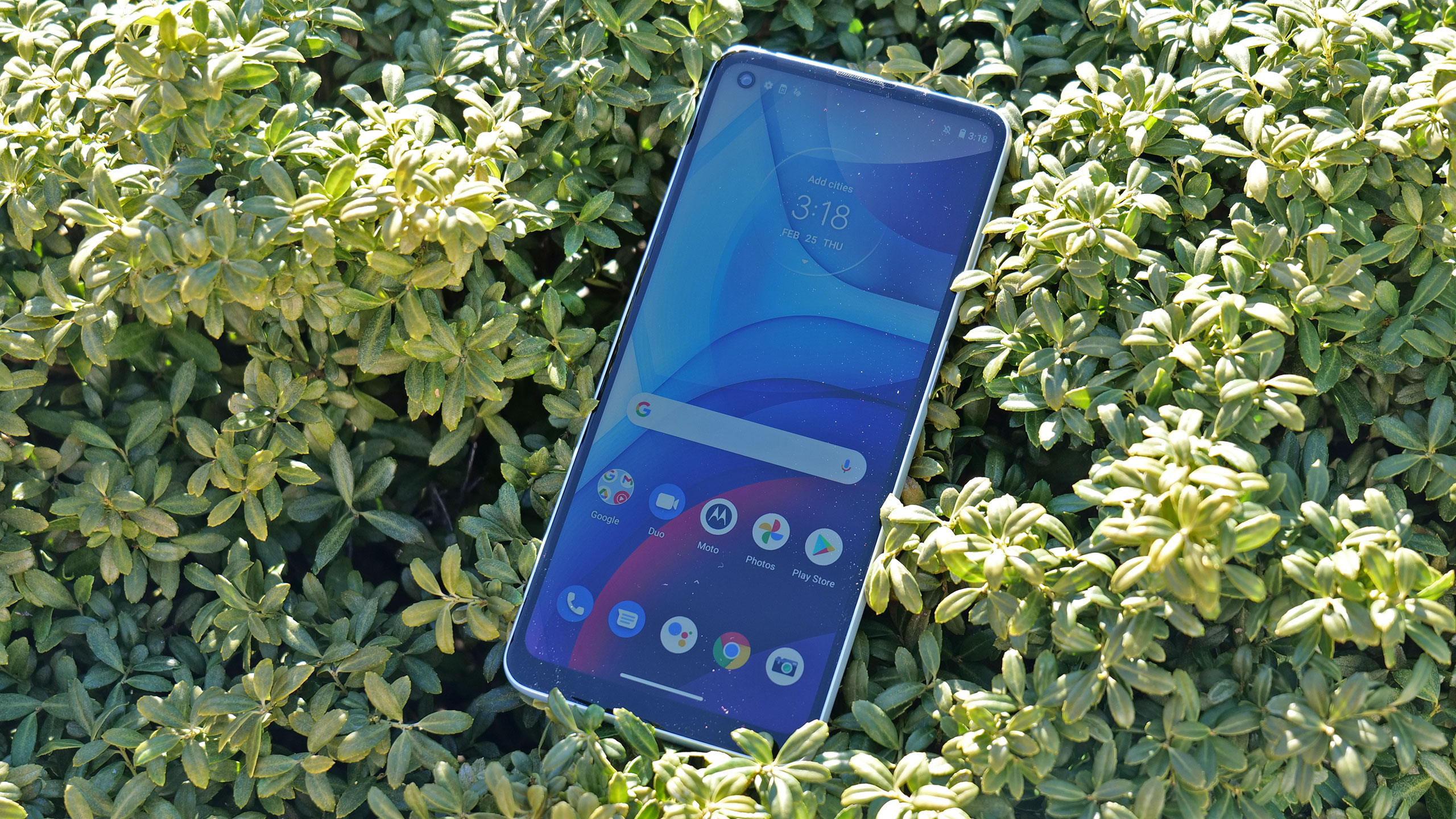The latest Moto G Power isn’t very pretty, and it’s not that fancy either, but for a simple, well-built phone that starts at just $US200 ($260), it’s got practically everything you need. And when it comes to its name, the G Power definitely delivers, with battery life that can actually last multiple days. Sure, this phone is incredibly basic, but that doesn’t have to be a bad thing.
The G Power was released alongside two other new Moto G phones this summer, the budget $US170 ($221) Moto G Play and the slightly more sophisticated $US300 ($389) Moto G Stylus. Inside it’s got a Snapdragon 662 chip that’s passable and doesn’t suffer from any major hiccups, but that’s about it. It’s not great, it’s not bad. It’s fine. The base $US200 ($260) model comes with 3GB of RAM and 32GB of storage, but if you have wiggle room in your budget, I’d recommend going with the $US250 ($324) model with 4GB of RAM and 64GB of base storage. That extra 1GB of RAM might not sound like much, but it does make a noticeable impact, particularly if you like to play games or like to keep a lot of apps running in the background.

Moto G Power (2021)
What is it?
A budget 4G LTE phone with extra long battery life
Price
Starts at $US200 ($260) for 32GB of storage, $US250 ($324) for 64GB
Like
Solid specs for the price, no bloatware, dumb good battery life, has a headphone jack and microSD expandability
Don't Like
Kinda thick, low-res 720p display, no NFC, charges slowly
Editor’s Note: Stay tuned for local Australian pricing and availability.
The G Power features a simple, straightforward design with an 8-MP hole-punch selfie camera in the top left corner, a smallish chin down below, and a plastic back (available in silver or grey). The centrepiece is a large, 6.8-inch LCD display with 1600 x 720 resolution. Now, it’s hard to get really upset about a $US200 ($260) phone featuring a 720p display, but I still wish Moto had found room in the budget to go full HD. With a pixel density of around 266 PPI spread across a 6.8-inch display, people with decent eyesight will probably notice some jagged lines and things won’t look all that sharp. Thankfully, colours appear relatively bright and vivid, and while the G Power’s 500-nit screen can look a bit dim when viewed outside in direct sunlight, there’s not much else to complain about.
Like all good budget phones, the G Power comes with a standard 3.5mm headphone jack and a microSD card slot, so you can easily add on extra storage and hold onto your beloved wired headphones. And while the G Power doesn’t have an official water resistance rating, Moto says the phone does have a water-repellant design, which, as you can in one of the photos above, was able to withstand getting shoved into the snow port first.

The G Power has a couple of quirks that I don’t love. Instead of the rear-mounted fingerprint sensor you get on the G Play, Moto used a side-mounted reader built into its power button. In normal use, it’s just as fast and accurate as a rear-mounted version, but it could be annoying for lefties. The other, more troubling issue is that the G Power doesn’t have NFC, which means you can’t use a lot of payment apps, including Google Pay. If you’re planning to buy the G Power for a child or teenager, that might be a good thing. But I’m not really a fan of skimping on what has basically become an industry standard feature nowadays just to save a buck.
The G Power sports a triple-lens rear camera module comprised of a 48-MP main cam, a 2-MP macro cam, and a 2-MP depth cam to help with portrait-style shots. To me, the 2-MP macro is a fun addition, but because it’s not something most people will use everyday, it feels a little gimmicky. I would have greatly preferred either an ultra-wide camera or something with a small zoom.
As for the 48-MP main cam, in well-lit conditions, its photos are generally respectable, capturing photos with sharp details and bright colours, even if Moto’s white balance tends to skew a bit warm. However, as the amount of available light goes down, so does the G Power’s image quality. For example, even in a shot taken indoors near a window with lots of light, the G Power’s photo looks noticeably grainier than a similar shot taken with the Pixel 4a.
Granted, the Pixel 4a costs $140 to $200 more than the G Power (depending on the exact model), but it’s a good representation of the difference between a $250 phone and a $450 phone. And while Moto does have its own Night Vision mode for real dark conditions, it just doesn’t compare well to Google’s Night Sight mode, with the G Power’s pics often lacking a lot of detail and sharpness.
Finally, when it comes to battery life, the G Power definitely lives up to its name, lasting 16 hours and 22 minutes on our video rundown test. That’s better than the standard version of the iPhone 12 (14:20) and the Galaxy S21 (12:36), and not far off the battery life offered from Apple and Samsung’s super expensive premium phones, the iPhone 12 Pro Max (16:31) and Galaxy S21 Ultra (16:45). And in more realistic conditions, I found that the G Power easily lasted two, sometimes almost three days on a charge, so depending on how much you use your phone, you may only have to charge it a couple times a week. However, the downside to the G Power’s huge 5,000 mAh battery is that it charges relatively slowly, as it’s limited to the 10-watt charging with the power brick that comes in the box. (Moto does make a 15-watt Turbo Power charger, but it’s sold separately.)
Now at this point, it might sound like I’m a bit down on the G Power, and the lack of NFC and a 720p resolution on a 6.8-inch screen certainly aren’t ideal. But overall, for a $US200 ($260) device, the G Power offers surprisingly smooth performance, a solid build, and pretty decent cameras during the day. If you try to spend less than $US200 ($260) on a phone, you seriously risk running into lag or stutter. And unlike a lot of budget devices, the G Power is delightfully free of bloat and other pre-loaded nonsense, and comes with a clean build of near stock Android, though it is Android 10 instead of 11.

If you can afford it, the Pixel 4a is definitely a better phone. It’s got an OLED screen, a more powerful processor, and way better camera quality. But at the same time, upgrading to the Pixel 4a (or even something like the Nord N10 5G) is a pretty hefty price jump, and that kind of increase just isn’t going to fit in everyone’s budget. So if you’re looking for an affordable phone with beaucoup battery, the G Power is a solid pick.
README
- The Moto G Power doesn’t support 5G, but you already knew that.
- For a relatively large 6.8-inch display, 1600 x 720 looks a bit low-res, and if you have good eyesight, you can tell.
- Moto didn’t include support for NFC, which means you can’t use payments apps like Google Pay.
- Unlike a lot of phones, the G Power really can go days between charges.
- Sadly, Moto will only give the G Power one major software update to Android 11.
